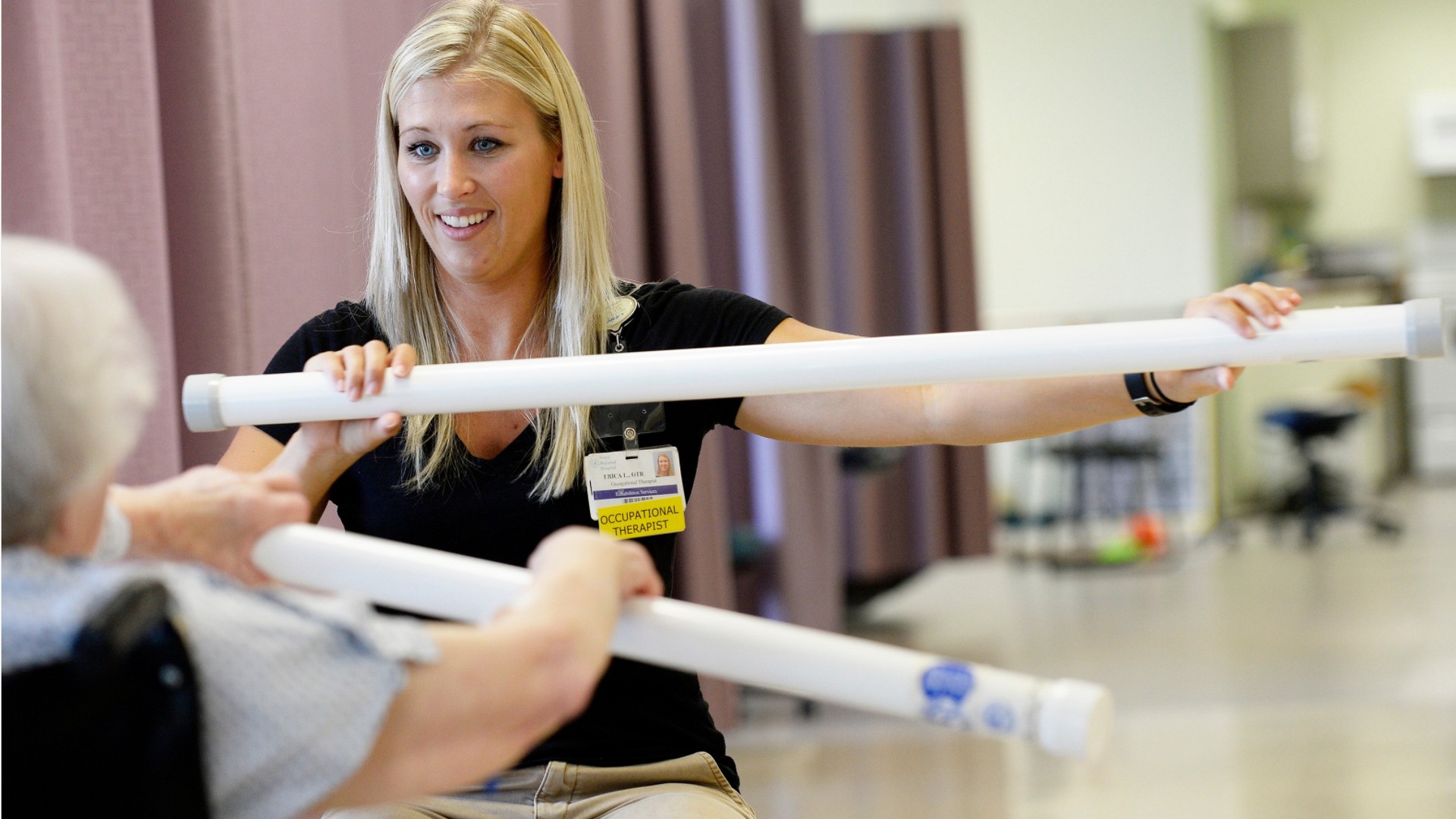Low Vision Therapists, Orientation & Mobility Specialists, & Vision Rehabilitation Therapists
Certified Orientation and Mobility Specialist (COMS), Orientation and Mobility Specialist (O and M Specialist), Vision Rehabilitation Therapist (VRT), Visually Impaired Teacher (TVI)
What they do:
Provide therapy to patients with visual impairments to improve their functioning in daily life activities. May train patients in activities such as computer use, communication skills, or home management skills.
On the job, you would:
- Teach cane skills, including cane use with a guide, diagonal techniques, and two-point touches.
- Recommend appropriate mobility devices or systems, such as human guides, dog guides, long canes, electronic travel aids (ETAs), and other adaptive mobility devices (AMDs).
- Train clients with visual impairments to use mobility devices or systems, such as human guides, dog guides, electronic travel aids (ETAs), and other adaptive mobility devices (AMDs).
Knowledge
Arts and Humanities
- English language
Education and Training
- teaching and course design
Math and Science
- psychology
- sociology and anthropology
Transportation
- movement of people or goods by air, rail, sea, or road
Skills
Basic Skills
- listening to others, not interrupting, and asking good questions
- talking to others
Problem Solving
- noticing a problem and figuring out the best way to solve it
Social
- looking for ways to help people
- teaching people how to do something
Abilities
Verbal
- communicate by speaking
- listen and understand what people say
Ideas and Logic
- notice when problems happen
- use rules to solve problems
Personality
People interested in this work like activities that include helping people, teaching, and talking.
They do well at jobs that need:
- Optimism
- Sincerity
- Perseverance
- Empathy
- Social Orientation
- Cooperation
Technology
You might use software like this on the job:
Enterprise resource planning ERP software
- Oracle PeopleSoft
- Workday software
Presentation software
- Microsoft PowerPoint
Device drivers or system software
- Ai Squared ZoomText
- ZoomWare Screen Magnifier
Education
Education: (rated 5 of 5)
master's degree or
certificate after college
usually needed
certificate after college
usually needed
Job Outlook
Bright
New job opportunities are very likely in the future.
Explore More
- Occupational Therapists
- Occupational Therapy Aides
- Occupational Therapy Assistants
- Recreational Therapists
- Rehabilitation Counselors
You might like a career in one of these industries:
See more details at O*NET OnLine about Low Vision Therapists, Orientation & Mobility Specialists, & Vision Rehabilitation Therapists.





